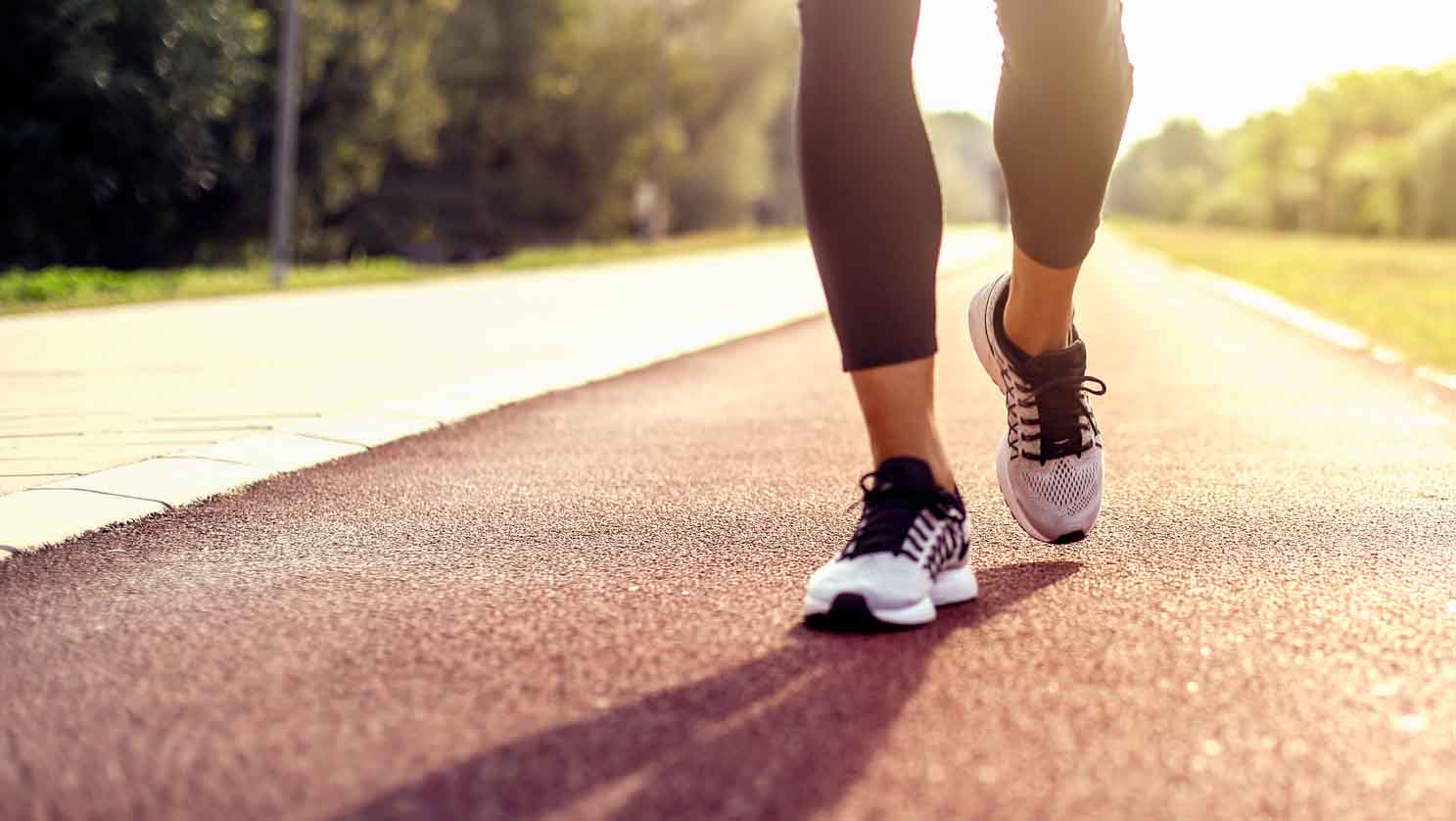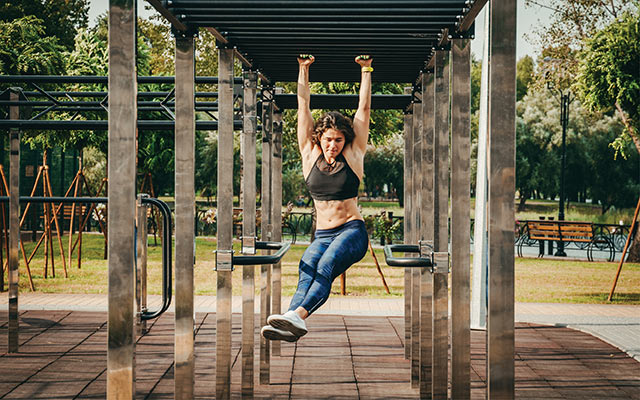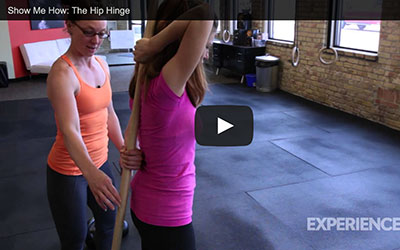Q | What fitness activities can help me prevent osteoporosis as I get older?
A | By age 30, most of us begin to lose some bone strength. Fortunately, there’s plenty we can do to counteract this natural part of aging.
Nutrition counts (think dark leafy greens, minerals, and vitamin D), but research suggests that adults can build bone density by up to 6 percent in 18 months through exercise alone.
When muscle contracts against bone, the bone responds by growing denser and stronger. High-impact, weight-bearing workouts and resistance training are the most effective bone builders, says Karen Kemmis, a physical therapist at SUNY Upstate Medical University in Syracuse, N.Y., and a member of the National Osteoporosis Foundation’s Exercise and Rehabilitation Advisory Council.
Weight-bearing exercises, such as walking and hiking, require you to work against gravity. The higher impact the exercise, the more it builds up your bones. But simply walking at a casual pace is not enough to stimulate bone growth.
Kemmis recommends brisk or weighted walking, running, dancing, and lower-body plyometrics (which include jumping rope, box jumps, and other explosive movements like those shown on ). Do these three to five days a week, for at least 30 minutes at a time. “As long as you don’t have restrictions — due to a fracture, injury, or other diagnosis — the sky’s the limit,” she says.
Kemmis also recommends strength training at least two or three days a week — ideal for people limited to low-impact exercise. Lifting heavy weights is most effective for stimulating bone growth: Choose a resistance that allows you to perform no more than 10 repetitions in a set.
Select exercises focused on your spine and hips, the areas most commonly damaged by bone loss, and include some upper-body exercises, too, advises Kemmis. Be cautious with movements that flex or bend your spine forward, such as abdominal crunches and toe touches.
If you’ve been diag-nosed with osteopenia or osteoporosis, consult a primary-care doctor or orthopedic specialist before engaging in exercise.




This Post Has 0 Comments